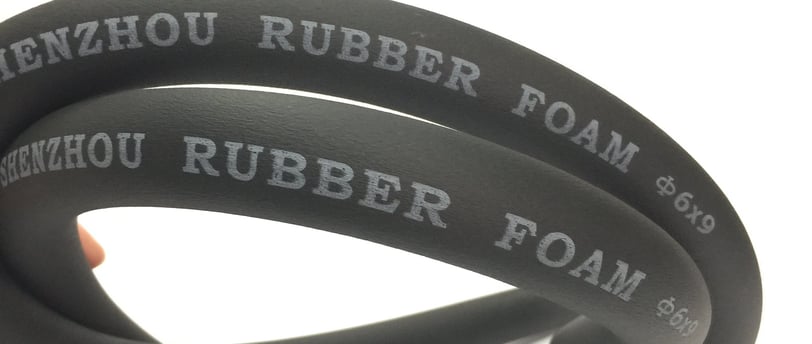The Versatility and Innovation of Rubber foam Materials
Blog post description.
3/6/20252 min read


Rubber foam materials, often referred to as elastomers and polymers, have revolutionized modern industry and daily life. Their unique properties, including flexibility, durability, and resistance to various environmental factors, make them indispensable in a wide range of applications. From automotive components to medical devices, Rubber foam materials continue to drive innovation and efficiency across sectors.
Unmatched Flexibility and Durability
One of the most remarkable characteristics of Rubber foam materials is their ability to withstand deformation and return to their original shape. This elasticity is crucial for applications such as seals, gaskets, and vibration dampers in the automotive industry. These components must endure constant stress and movement, and rubber's resilience ensures long-lasting performance, reducing the need for frequent replacements and maintenance.
Chemical and Environmental Resistance
Rubber foam materials are highly resistant to chemicals, oils, and extreme environmental conditions. For instance, Nitrile Rubber (NBR) is renowned for its resistance to petroleum-based products, making it ideal for fuel hoses and O-rings. Similarly, plastics like polyethylene and polypropylene are used in chemical storage tanks and piping systems due to their inertness and resistance to corrosion. This chemical resilience extends the lifespan of products and enhances safety in industrial applications.
Lightweight and Cost-Effective
The lightweight nature of Rubber foam materials contributes to energy efficiency, particularly in the automotive and aerospace industries. By replacing heavier metal components with lightweight polymers, manufacturers can reduce fuel consumption and emissions. Additionally, the cost-effectiveness of these materials makes them an attractive option for mass production, enabling the creation of affordable consumer goods without compromising quality.
Innovations in Healthcare
In the healthcare sector, Rubber foam materials play a critical role in ensuring hygiene and safety. Medical-grade silicone rubber is used in implants, catheters, and surgical instruments due to its biocompatibility and flexibility. Disposable plastic syringes and IV bags have become standard in medical practice, offering sterility and convenience. The development of hypoallergenic materials has also addressed concerns related to latex allergies, providing safer alternatives for patients and healthcare workers.
Sustainability and Recycling
As environmental concerns grow, the Rubber foam industries are focusing on sustainability. Advances in recycling technologies have made it possible to reprocess used materials into new products, reducing waste and conserving resources. Biodegradable plastics and eco-friendly rubber compounds are being developed to minimize environmental impact. These innovations align with global efforts to promote a circular economy and reduce the carbon footprint of manufacturing processes.
Conclusion
Rubber foam materials are at the heart of modern innovation, offering unparalleled versatility and performance. Their unique properties enable advancements across industries, from automotive and aerospace to healthcare and consumer goods. As sustainability becomes a priority, ongoing research and development are paving the way for more eco-friendly solutions. The future of Rubber foam materials is bright, promising continued growth and adaptation to meet the evolving needs of society.
